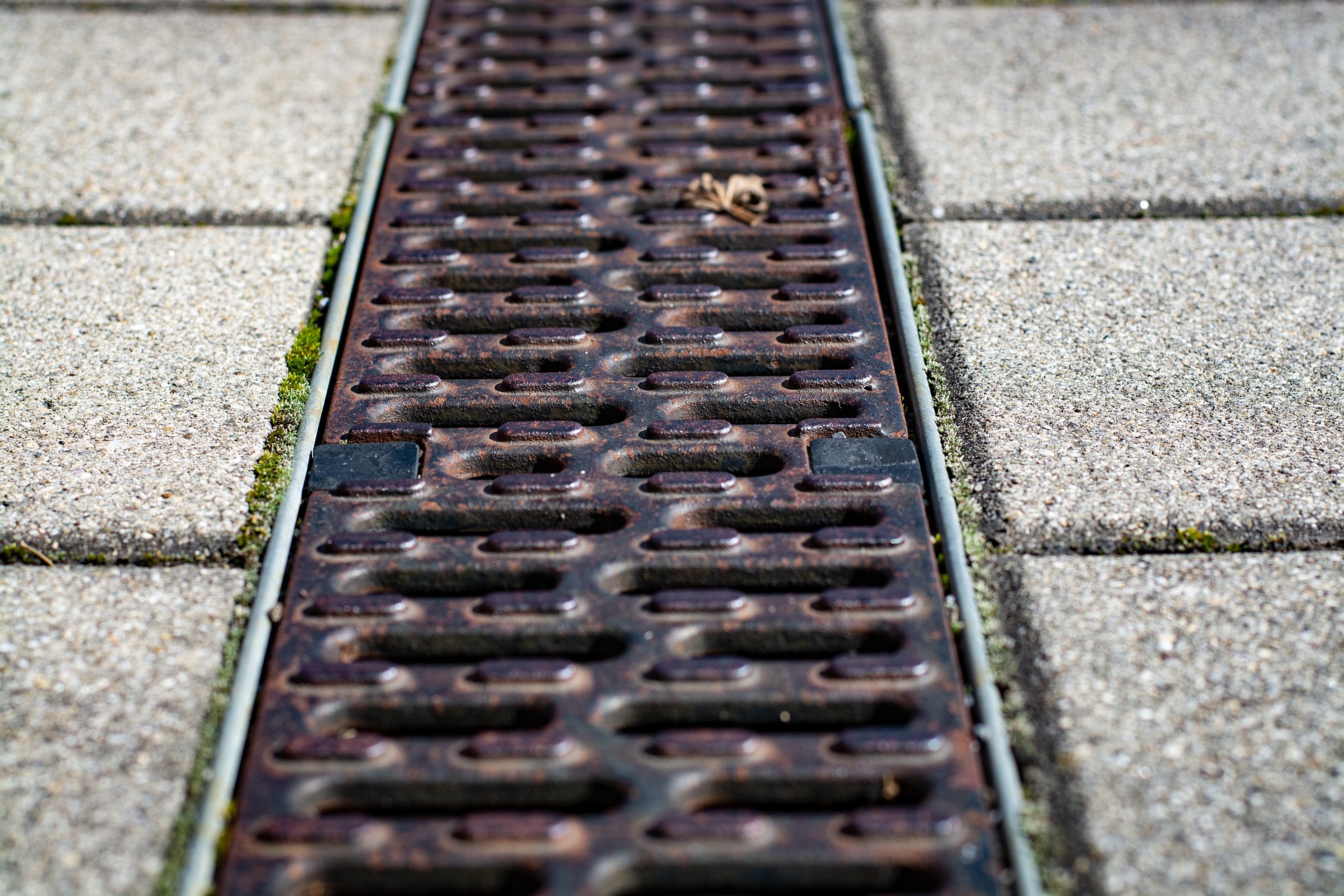U.S. cities are revamping how they handle stormwater to reduce flooding and capture rainfall and recharge aquifers.
New policies reflect a change in mindset from treating stormwater as a nuisance to be quickly diverted away to capturing it as a resource. U.S. urban areas generate an estimated 59.5 million acre-feet of stormwater runoff per year on average, equal to 53 billion gallons a day. That much water is equal to 93% of the country’s total municipal and industrial water use.
In Los Angeles, the nonprofit Trust for Public Land has been removing impervious surfaces in alleys and school grounds and replacing asphalt with natural infrastructure, including trees and pervious surfaces.
In the eastern part of the country where rainfall is more plentiful, cities including New York and Pittsburgh are installing green solutions such as rain gardens and bioswales. Cities are also instituting stormwater fees, charging landowners based on the area of impervious surfaces on a property. More cities are also using permeable pavers for sidewalks and parking lots.
Recharging aquifers via more permeable surface areas not only makes more groundwater available, but it also helps prevent land subsidence that can cause buildings to slowly sink.
Related Stories
| Sep 8, 2011
Pilot ISO 50001 Implementations Report Big Energy Savings
The International Organization for Standardization (ISO) recently published ISO 50001 to provide a recognized framework for integrating energy performance into management practices.
| Sep 8, 2011
USGBC Revises Energy Demand Response Credit
Originally launched in 2010, the revised and enhanced Demand Response Pilot Credit establishes guidelines that are anticipated to increase participation in automated energy demand response programs.
| Sep 8, 2011
Water Safety in Buildings Guide Published by World Health Organization (WHO)
This WHO book provides guidance for managing water supplies in buildings where people may drink water, use water for food preparation, wash, shower, swim or use water for other recreational activities or be exposed to aerosols produced by water-using devices, such as cooling towers.
| Sep 7, 2011
NFPA Fire & Life Safety Conference in December
Presentations on recent Fire Protection Research Foundation projects, how September 11th and the Triangle Shirtwaist Factory fire affected high rise design, and a panel discussion on emerging code issues will be featured at the National Fire Protection Association (NFPA)’s Fire & Life Safety Conference on December 12-14 in Orlando, FL.The meeting will include more than 60 educational sessions in which participants can earn continuing education units (CEUs). Presentations will be led by NFPA staff experts and technical committee members, and will be organized in four tracks – building and life safety, detection and alarm, fire suppression, and codes and standards. For more information, visit www.nfpa.org/FLSCONF.
| Sep 1, 2011
Project Aims to Automate Code Compliance Assessment
FIATECH, a consortium of owners from the industrial, power, and retail markets that build large structures, launched a project this year to validate the use of automation technology for code compliance assessment, and to accelerate the regulatory approval process using building models. Long-term objectives include the development of an extensive, open-source rule set library that is approved by industry and regulatory bodies for use by technology developers and code officials.
| Sep 1, 2011
EPA Says Additional Lead Paint Cleaning Rules Not Necessary
The EPA has concluded that current Lead: Renovation, Repair, and Painting Program (LRRP) cleaning requirements and lead-safe work regulations are sufficient to protect the public from lead dust hazards. “Our members have been instrumental in contacting legislators to detail the detrimental impact of the current LRRP," says Richard Walker, American Architectural Manufacturers Association’s president and CEO. “This collective industry voice has prompted the EPA to make the responsible decision to refrain from adding further, unnecessary costs to homeowners under the current economic climate."http://www.aamanet.org/news/1/10/0/all/603/aama-commends-its-members-congress-for-vacating-lrrp-clearance-rule
| Aug 11, 2010
Best AEC Firms of 2011/12
Later this year, we will launch Best AEC Firms 2012. We’re looking for firms that create truly positive workplaces for their AEC professionals and support staff. Keep an eye on this page for entry information. +







